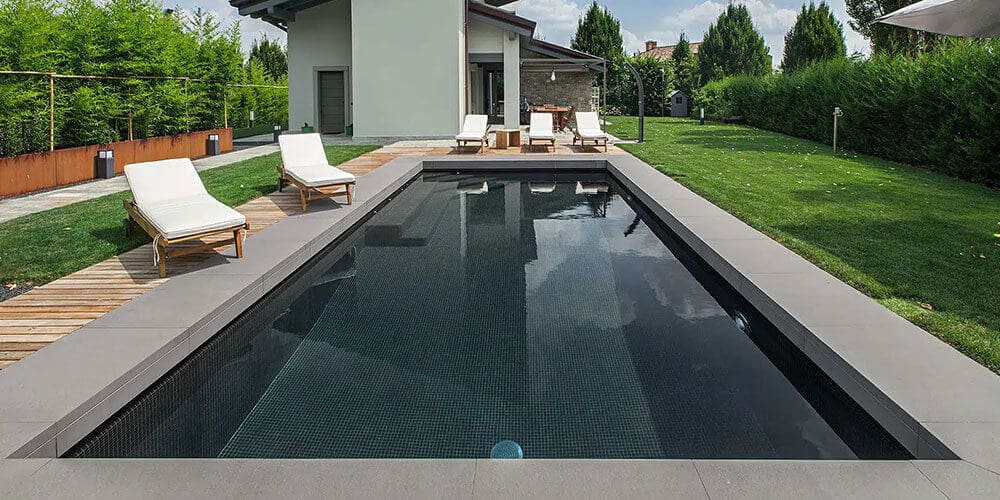Introduction:
Maintaining a clean and safe swimming pool involves several key factors, with proper chlorine levels being one of the most critical. Chlorine effectively sanitizes the water, killing harmful bacteria and algae, ensuring a pleasant swimming experience. However, determining the right amount of chlorine to add can be daunting for pool owners. In this comprehensive guide, we’ll delve into the factors influencing chlorine dosage and provide you with easy-to-use calculators to simplify the process.
Understanding Chlorine and Pool Sanitization:
Chlorine is a powerful disinfectant commonly used in swimming pools to kill bacteria, viruses, and algae. When added to water, chlorine forms hypochlorous acid, which neutralizes contaminants, keeping the pool water clean and safe. Maintaining the proper chlorine level is essential for preventing waterborne illnesses and maintaining water clarity.
Factors Affecting Chlorine Demand: Several factors influence the chlorine demand of a pool, making it crucial to consider each when calculating chlorine dosage:
- Pool Size: The volume of water in your pool directly affects the amount of chlorine needed. Larger pools require more chlorine to achieve the desired sanitation levels.
- Water Temperature: Warmer water temperatures accelerate chlorine consumption, requiring higher dosages to maintain adequate sanitation.
- Bather Load: The number of swimmers using the pool and their frequency of use increase. The introduction of contaminants, leading to higher chlorine demand.
- Sunlight Exposure: UV radiation from sunlight degrades chlorine, reducing its effectiveness. Pools exposed to direct sunlight may require higher chlorine dosages.
- pH Level: The pH of the pool water influences the efficacy of chlorine. Maintaining the correct pH range (7.2-7.6) ensures optimal chlorine performance.
Calculating Chlorine Dosage:
To determine the amount of chlorine needed to sanitize your pool effectively, follow these steps:
Step 1: Measure Pool Volume: Calculate the volume of your pool in cubic feet or meters. You can use the formula for common pool shapes or an online pool volume calculator for irregular shapes.
Step 2: Determine Required Free Chlorine Level: Refer to industry standards or local health regulations to determine the recommended free chlorine level for your pool. Typically, free chlorine levels should fall between 1.0 and 3.0 parts per million (ppm).
Step 3: Factor in Chlorine Demand: Consider the factors affecting chlorine demand discussed earlier (pool size, temperature, bather load, sunlight exposure, and pH level) to estimate the chlorine demand for your pool.
Step 4: Use Chlorine Dosage Calculator: Utilize an online chlorine dosage calculator or the following formula to determine the amount of chlorine required:
Chlorine Dosage (in pounds or kilograms) = Pool Volume (in gallons or liters) × Desired Increase in Free Chlorine (in ppm) ÷ Chlorine Concentration (as a decimal)
Step 5: Adjust for Stabilizer (Cyanuric Acid): If your pool uses stabilizer (cyanuric acid), factor it into the chlorine dosage calculation. Chlorine stabilizer helps prevent chlorine degradation from sunlight, extending its effectiveness.
Step 6: Application Method: Choose the appropriate chlorine product (e.g., liquid chlorine, granular chlorine, chlorine tablets) based on your pool’s needs and apply it according to the manufacturer’s instructions.
Conclusion:
Maintaining proper chlorine levels in your pool is essential for ensuring safe and hygienic swimming conditions. By understanding the factors influencing chlorine demand and utilizing chlorine dosage calculators. Pool owners can effectively sanitize their pools while minimizing chemical waste and expenses. Regular testing and adjustment of chlorine levels will help maintain water clarity and prevent the spread of waterborne illnesses. Allowing you to enjoy your pool to the fullest.





